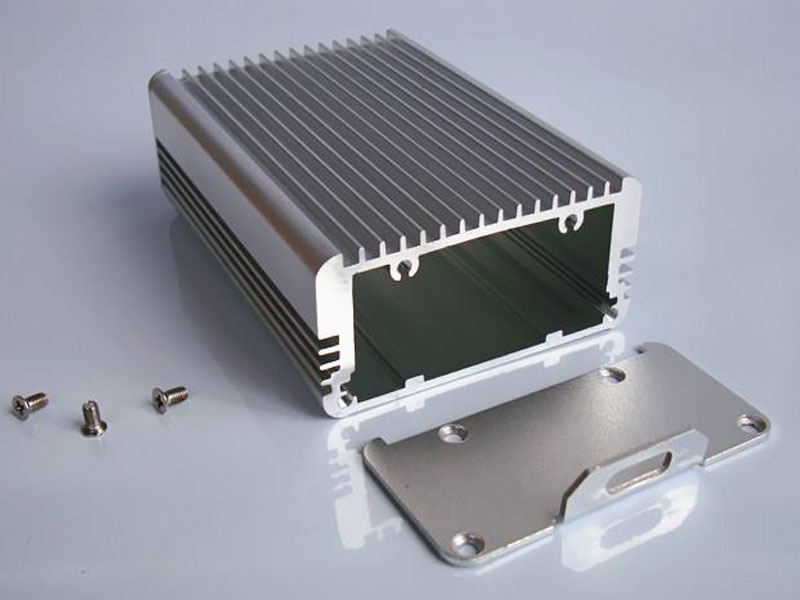The aluminum profile industry has become a very mature industry. The aluminum density is only 2.7g/cm. Although it is soft, it can be made into duralumin, hard aluminum, rust-proof aluminum, cast aluminum and other aluminum alloys. Nowadays, the application of aluminum housing is very extensive, let us see how to judge the quality of aluminum housing?

1. The text on the surface of the aluminum shell material is generally printed with imported inkjet codes. The text is clear, and the trademark identification, manufacturer, address, telephone, etc. are generally clearly marked. The text on the surface of the real fake aluminum veneer material is mostly printed by ordinary printing machines. Blur, its manufacturer, display etc.
2. The aluminum outer packaging material is made of high-quality raw materials, with high technical precision, and the surface and inner layers feel smooth and even.
3. The wall thickness of the aluminum shell is uniform, the aluminum veneer material is tightly combined, the quality and thickness of the aluminum sheet can reach the national standard. The wall thickness deviation of the fake and inferior products is large, the aluminum sheet is thin, and the aluminum veneer material has a large overlap gap.
4. High-quality aluminum housing can be used to measure the pressure resistance of aluminum veneer materials with a small pressure pump. The internal blasting pressure of real aluminum veneer is high, which can generally meet or exceed the requirements of relevant national regulations. Generally, the internal blasting pressure is low and it is difficult to meet the requirements of use.
The main alloying elements of the aluminum shell are magnesium and silicon, which are excellent in processability, weldability, extrudability and electroplating, corrosion resistance, toughness, easy to wear, color film, and anodizing effect. It is a typical extrusion alloy. . The high-quality aluminum shell is technically good. Using the first-processed coating process, the aluminum plate can be processed into complex geometric shapes such as planes, arcs, and spheres.
It needs the following four points for quality inspection
1. Display inspection: Whether the standard number and production license number of the product are marked on the aluminum profile and packaging.
2. Surface quality: The surface of the aluminum profile should be clean, and defects such as cracks, peeling, corrosion and bubbles are not allowed, and defects such as corrosion spots, electric burns, black spots, and oxide film shedding are not allowed.
3. Oxide film thickness: The oxide film of aluminum profile is formed during the anodizing process, which has protective and decorative effects and can be measured with an eddy current meter.
4. Sealing quality: After the aluminum profile is anodized, there are many voids left on the surface. If it is not sealed or not, the corrosion resistance of the aluminum profile will decrease. Commonly used methods of sealing quality inspection include acid leaching method, admittance method, phosphoric acid method.
Get your CNC machining Aluminum Housing projects started today.
When you send out 3D CAD documents to us, JY Machinery will provide you with instant price, on-demand delivery time, as well as design for manufacturability comments for your customized CNC machining components on materials and also producing process, to make sure that the component can meet your expectations as well as budget plan demands.
评论
发表评论